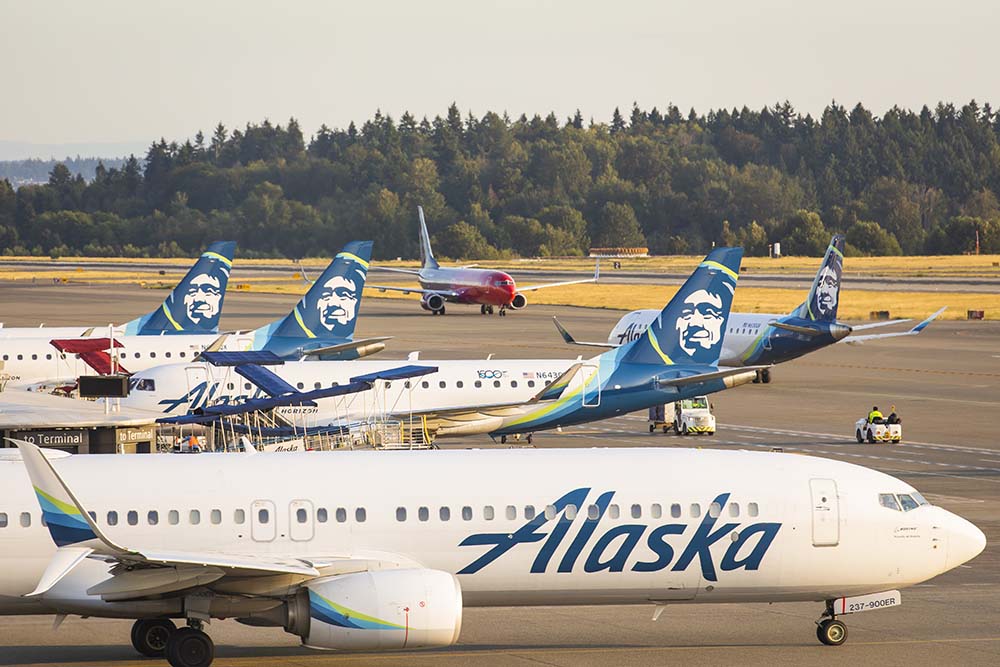
Around 3,100 pilots at Alaska Airlines have moved a step closer to staging a historic strike that could completely ground the airline in an ongoing dispute over stalled contract negotiations that so little sign of movement.
Pilots employed by the Seattle-based carrier will soon be balloted on whether to authorize a strike, although any potential walkout is still a long way off and must still clear several major hurdles.
“Alaska pilots are not looking to strike,” commented Capt. Will McQuillen, chairman of the master executive council at the Alaska Airlines branch of the ALPA union. “We are looking for improvements to our contract in line with the market but that will also allow our company to grow and remain successful and competitive,” Capt. McQuillen continued.
“However, we are willing to take any lawful steps necessary, including a legal strike, to achieve the contract every Alaska pilot has earned.”
The road to any strike taking place is a long one and the process is governed by rules laid out in the Railway Labor Act which can make it almost impossible for airline workers to actually stage industrial action.
If pilots vote in favor of authorizing a strike, the pilot union would have to apply to the national mediation board to declare that negotiations have broken down. The union and airline would then be released into a 30-day cooling-off period before the strike is finally authorized by the federal government.
The probability of clearing that final hurdle is tiny but the incumbent administration in the White House is considered far more likely to authorize an airline strike than previous recent administrations.
The strike vote follows a mass picketing event on April 1 that saw nearly half of Alaska’s pilot’s stage protests at airports across the United States. Alaska was forced to cancel hundreds of flights on the same day but the airline says the disruption had nothing to do with the protests and was purely a result of bad planning.
The union fears Alaska Airlines is struggling to recruit and retain enough pilots because the pay and benefits it is offering flight crew can’t compete with rival airlines. Contract negotiations have dragged on for three years with little movement. The pandemic delayed talks but there is little movement between the two sides.
“We lag behind our peers in several significant areas which has resulted in dozens of pilots leaving for better career opportunities elsewhere,” explains Capt. McQuillen. “If Alaska Airlines management wants to run a competitive airline with ample growth, then they need to get serious about reaching a new pilot agreement that’s competitive”.
Mateusz Maszczynski honed his skills as an international flight attendant at the most prominent airline in the Middle East and has been flying ever since... most recently for a well known European airline. Matt is passionate about the aviation industry and has become an expert in passenger experience and human-centric stories. Always keeping an ear close to the ground, Matt's industry insights, analysis and news coverage is frequently relied upon by some of the biggest names in journalism.







